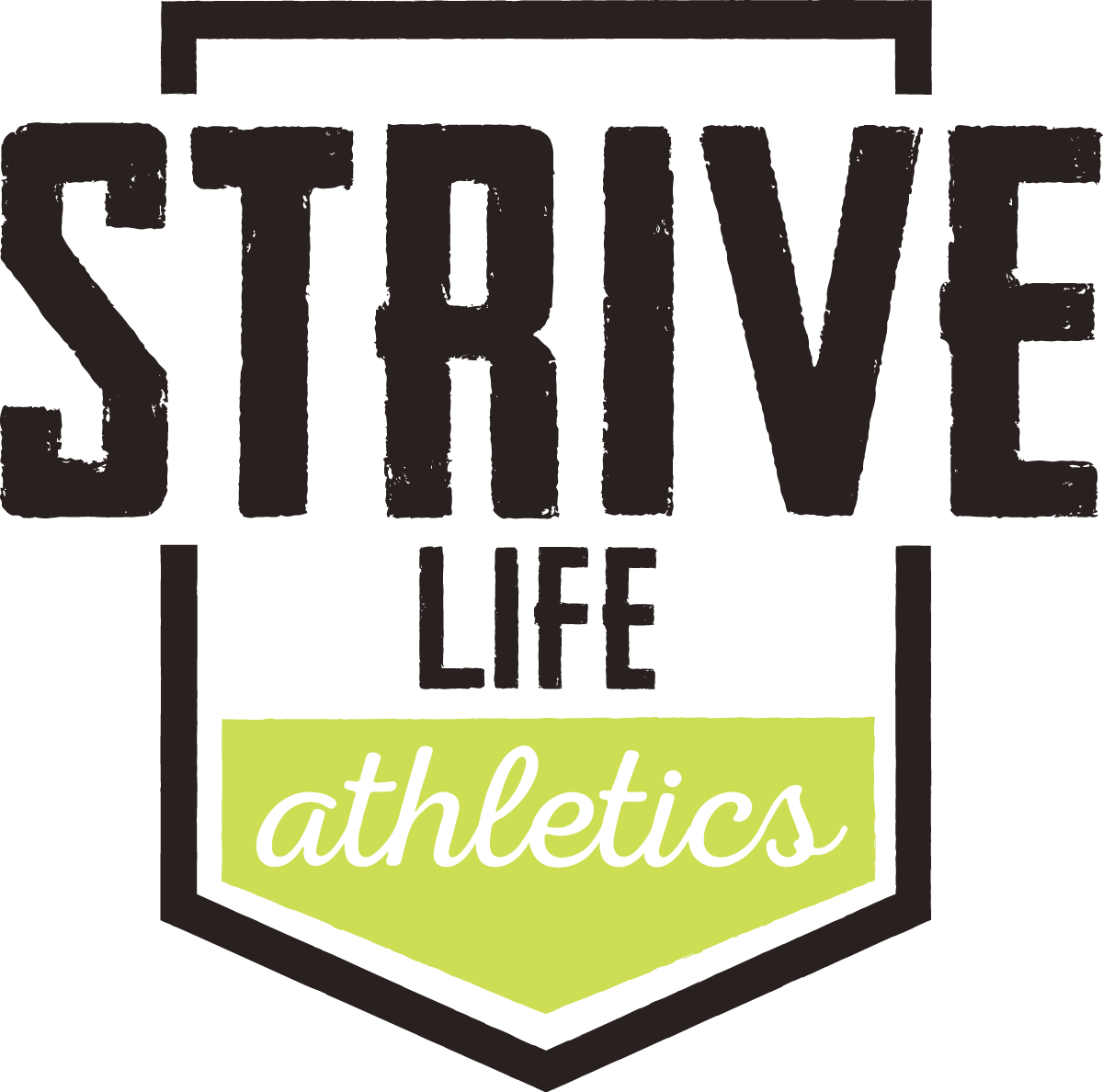Building Clients Trust After Injury: Expert Tips for Safe and Effective Coaching Practices.
In the realm of coaching, fostering a lasting connection with clients goes beyond just exercise routines. Safe and responsible training not only sets you apart from the crowd but also ensures clients trust you for a lifetime. This journey is marked by soft skills and elements that are equally, if not more, crucial than the technical aspects of fitness coaching. In this segment, we'll delve into the essential keys to success when guiding clients through the process of coming back from an injury, and how to navigate this crucial phase with care and expertise.
Establishing a Game Plan for Recovery
After an injury, the path to recovery is unique for each individual. Rather than fixating on a specific timeline, the focus should be on creating a comprehensive game plan. This post-injury recovery plan is the way to success. Weekly check-ins will allow you to monitor progress and make necessary adjustments. This transitional phase from physiotherapy to full movement requires patience, attention to detail, and open communication with the client. Customizing the plan according to their progress and feedback ensures a smooth and successful recovery journey and effective injury rehabilitation.
Prioritizing Strength in the Comeback
Safe post injury exercises and a gradual return to activity is crucial. While complete inactivity is not ideal, focusing on recovery type training, like mobility, flexibility, and stability forms the foundation for a strong comeback. A solid baseline reduces the risk of re-injury. Shift the mindset after injury to opportunity by highlighting the chance to return even stronger. Concentrate on what the client can do, celebrating small victories, and building momentum. Not so much on what they can’t do. Making a point to really focus on Foundational movements like, squats, hinges, lunges, horizontal and vertical pushing and pulling along with planks will be a good place to start. Just make sure that the movement selection is appropriate to their abilities. The further you have to regress these movements the better it will be in the big picture.
Managing Expectations for Results
As clients near a full recovery, the focus shifts to prevention. While progression is vital, it's crucial to manage expectations realistically. Encourage progress while staying ahead of potential breakdowns. When dealing with pain-related issues like knee, back, or shoulder discomfort:
The “Pre-Mindset” for Coaching
We like to preach the “PRE-MINDSET” on a daily basis when working with clients to try to mitigate any injury in the first place and also to try and work back slowly from injury.
Preventative - Taking preventative measures for harm, risk, injuries, always taking a safety first approach for all clients in both 1 on 1 & Group Settings.
Prehabilitation - Focusing on tools like resistance bands, Focusing on mobility, stability and body awareness, highlighting movement education, focusing on simple movements that will ensure the development of a strong foundation.
Preset - As a Coach everything is done with intention from the start of a session all the way through to the end. This will ultimately aid in the recovery process and enhance output and performance.
More tips to keep in mind:
Continue training non-painful movements
Eliminate exercises causing pain
Avoid high-impact and high-intensity exercises
Prioritize mobilization, movement, and range of motion assessment
Evaluate strength and stability
Know when to refer to a physiotherapist
Always adapt training around the injury
Managing client expectations after injury
Safe injury adjusted training
Physiotherapist referral in fitness coaching
Conclusion
Being a safe and responsible coach involves understanding the delicate process of guiding clients from injury to full movement recovery through injury rehabilitation strategies. By focusing on individualized game plans, gradual strengthening, and realistic progress expectations, you can build trust that lasts a lifetime. This often overlooked aspect of coaching is an invaluable part of ensuring clients' well-being and success.
Strive stands as a testament to effective fitness education. Our approachable and impactful coaching programs provide you with the tools to make a positive impact on clients' lives while ensuring their safety and success.
Best in Health,
Ryan
PS: Don't miss our upcoming Certification Cohort for Level 1 Foundations to become a Certified Fitness Coach. Struggle no more with outdated and uninspiring fitness coaching certification programs – join Strive for a transformative experience.


